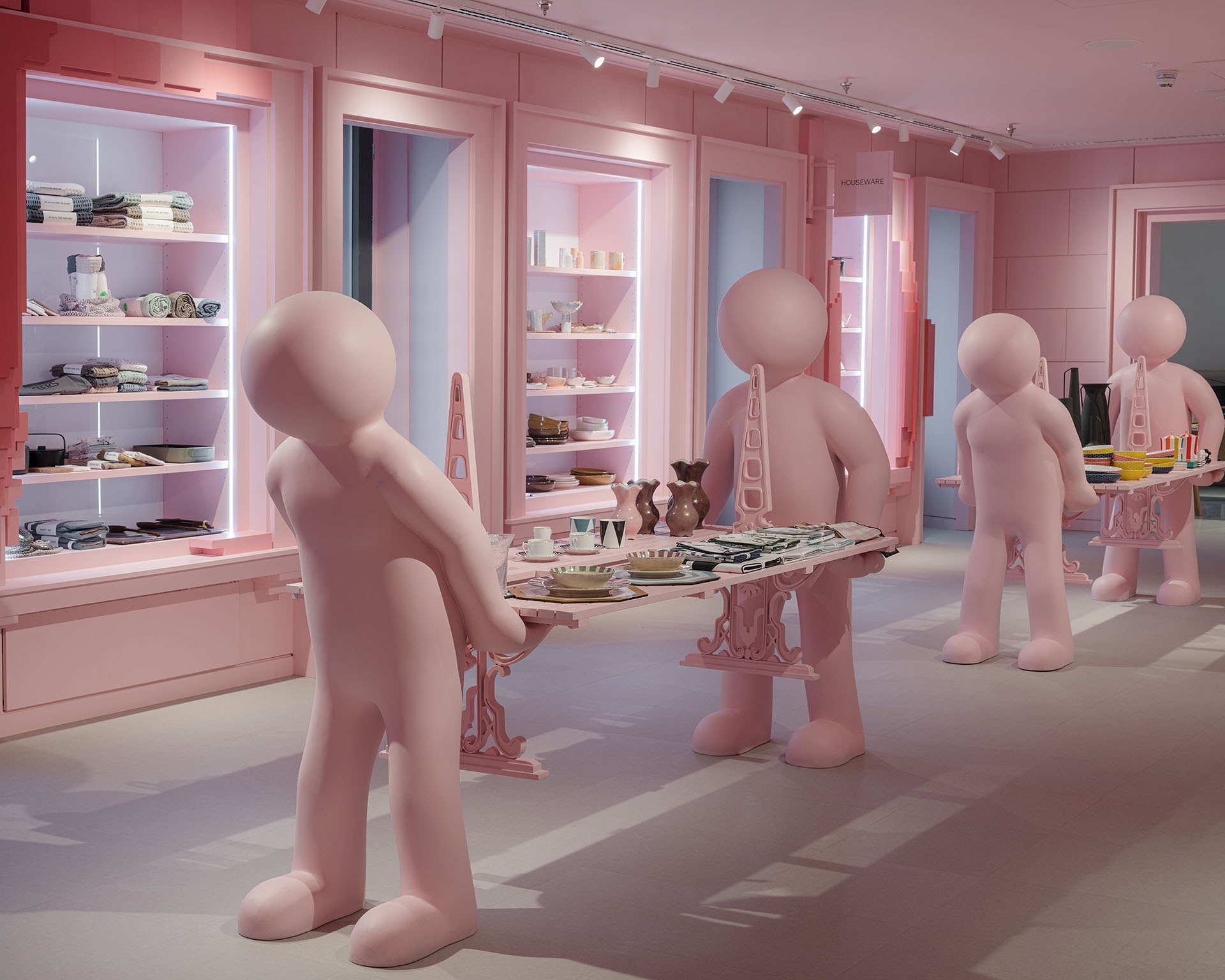In the 21st century, our lives are becoming more and more digital while at the same time, online shopping slowly and steadily replaces in-store shopping. It turns out that retail design has a more prominent job than just making spaces aesthetically pleasing. Nowadays more than ever it includes creating a memorable in-store experience and contributing to telling a unique story. Establishing this reality depends not only on the interior design but also on the visual merchandising and successfully applied strengths of the store.
The shift from offering goods to customers to the focus on experience has led to questions such as ‘How to optimize in-store experiences? How to improve the retail design? In what ways we could develop an interior design that would attract more people?’ As a result, jobs such as visual merchandiser emerged to focus on customer behavior on an emotional level. To achieve this goal, the art and science of retail design intertwine thus creating successful retail spaces.
The Art of Retail Design
With a growing number of online shops, elements such as branding and storytelling open the door for creating immersive experiences both in-store and digitally. Additionally, the way a story is told certainly influences how a customer experiences a fine mixture of reality and fiction.

An example of this idea is WOW, located in Madrid, Spain. It blends in the physical with the digital and shopping becomes an even more immersive experience. Each floor of the store is constantly changing encompassing various types of inspiration to display the products that they offer. While storytelling is extremely important it goes hand-in-hand with branding and theming which could successfully be achieved with the right choice of color palettes.
The Science of Retail Design
While the art of retail design focuses more on the story that has to be told and the emotional experience, the science of retail design aims at physical perception. Just to be clear, this is not a competition but a collaboration. This means that branding, storytelling, and theming are tightly connected to the layout, signage, and lighting of the store. All of the above-mentioned characteristics go hand in hand to create an unforgettable interior design.

Conclusion
Creating a full unforgettable in-store experience is definitely something that shouldn’t be taken light-heartedly. It requires a great eye, a feeling of aesthetics, and knowledge of combining the art and science of retail design. Despite the fact that storytelling, layout, design, and branding may seem fairly distant concepts, they weave together in a way that contributes to the retail industry and allows guests to unleash their true selves.
The future of the retail industry may seem not so clear right now but one thing is known for sure – the digital is going to become an even bigger part of it. With the digital revolution of the 21st century even the fashion industry is becoming more digitized which means that retail design as well as interior design would have to adapt to the changes that come with technological advancements.










